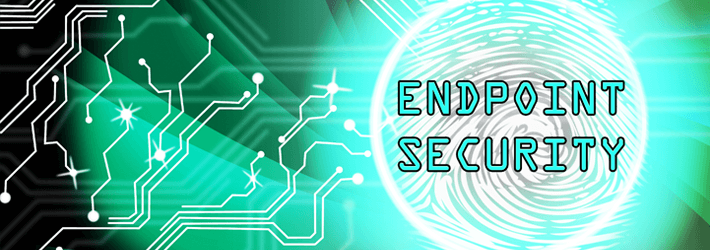Last Updated on January 17, 2025 by Satyendra

Disclaimer – the perfect overall security strategy will include endpoint security. I am in no means saying that endpoint security is worthless. However, in this article I will attempt to justify why I think it is far more beneficial to look at your security strategy from a data-centric standpoint.
I believe that many organizations are still adopting old methods of data protection, believing that firewalls, anti-virus and network access controls are the best way to defend yourself against data breaches. Too few organizations are thinking more broadly about where most data breaches originate and designing their strategies to combat those threats.
What is Endpoint Security?
You probably already know this, so I’ll be brief. Endpoint security is an approach to cybersecurity that focusses on the protection of computer networks that are connected remotely to client devices. In essence, when a client accesses your corporate network via their laptop or mobile, a new entry point for potential threats is created. Endpoint security solutions attempt to protect these entry points.
Why Endpoint Security Might Not Be Enough
Adding multiple endpoint security solutions to your environment is likely not going to be a cost-effective or particularly successful way to keep your data secure. The vast majority of organizations are using some sort of endpoint security in one form or another, and yet data breaches are commonplace. I don’t need to tell you how common data breaches are or how much they cost to businesses, that’s well documented. But why, if endpoint solutions are widely adopted, are data breaches still happening at such a commensurate rate?
It might have something to do with the fact that the biggest threat you are likely to face will come from within your organization. Insider threats, that is employees with access to your sensitive data, account for the largest majority of data security related incidents. Endpoint solutions are unlikely to prevent this from happening.
Where Data Security Comes In
I would encourage all organizations to think of their security from a data-centric viewpoint. That is, start with the data first and work out from there. Protecting your data using endpoint solutions is essentially the reverse of this process; you’re starting on the outside and finishing with the thing that actually matters the most (the data).
The data is what you are trying to protect, so it needs to be at the forefront of your security strategy. But what does a data-centric strategy look like?
Your organization needs to have the ability to easily identify where your sensitive data resides, who has access to this data and what your users are doing with it. Knowing the answers to these three questions is the key to improving your data security. Visibility is everything.
If you have visibility over your data, you will be able to easily spot when unauthorized or unwanted changes are taking place that could lead to a data breach. You’ll be able to easily spot when a user has access to something they don’t need to have access to. And you’ll be able to easily meet compliance requirements.
If you would like to see how Lepide can help you become more data-centric, come and take a demo of our data security platform, today.


 Group Policy Examples and Settings for Effective Administration
Group Policy Examples and Settings for Effective Administration 15 Most Common Types of Cyber Attack and How to Prevent Them
15 Most Common Types of Cyber Attack and How to Prevent Them Why AD Account Keeps Getting Locked Out Frequently and How to Resolve It
Why AD Account Keeps Getting Locked Out Frequently and How to Resolve It
